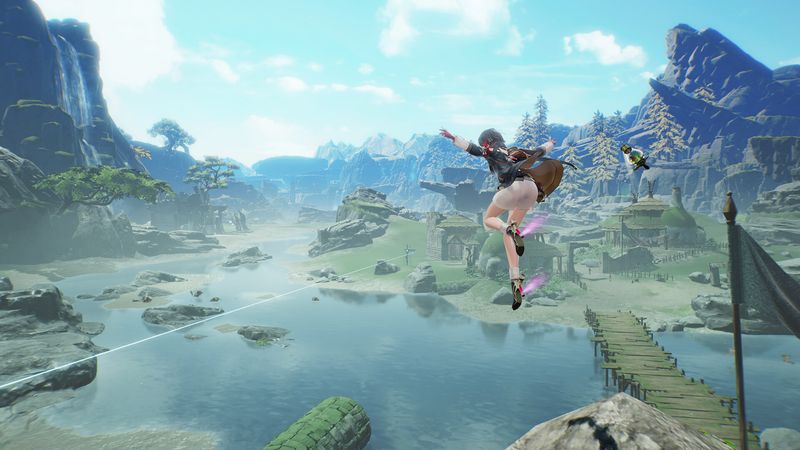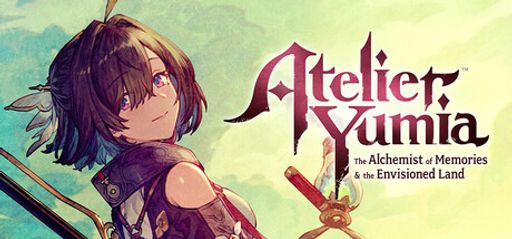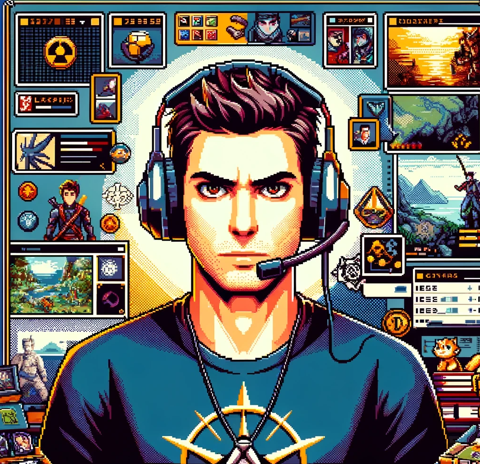 I just finished Atelier Yumia by KOEI TECMO GAMES CO., LTD., and right away I dove into every hidden corner. The open world truly shines, and Steam users praised its exploration freedom. In fact, I tracked down every material, every chest, and even built custom bases out in the field. One user commented that the game “contains quite a bit to find,” and I couldn’t agree more. On top of that, the creative Building feature kept me occupied for hours, and my completionist heart thrilled at every new item I could craft.
I just finished Atelier Yumia by KOEI TECMO GAMES CO., LTD., and right away I dove into every hidden corner. The open world truly shines, and Steam users praised its exploration freedom. In fact, I tracked down every material, every chest, and even built custom bases out in the field. One user commented that the game “contains quite a bit to find,” and I couldn’t agree more. On top of that, the creative Building feature kept me occupied for hours, and my completionist heart thrilled at every new item I could craft.
 Moving on to combat, the field mechanics grabbed me instantly. Here, KOEI TECMO pushed Atelier into action-RPG territory by offering two distinct attack ranges and real-time splits. When you switch between melee and ranged, your entire skillset shifts. I couldn’t help but notice echoes of Xenoblade’s fluid targeting and Far Cry’s freerange exploration. Meanwhile, Simple Synthesis on the go let me forge tools on the fly—imagine crafting arrows mid-battle like in Breath of the Wild. That connection really speaks to the adventurous side I love.
Moving on to combat, the field mechanics grabbed me instantly. Here, KOEI TECMO pushed Atelier into action-RPG territory by offering two distinct attack ranges and real-time splits. When you switch between melee and ranged, your entire skillset shifts. I couldn’t help but notice echoes of Xenoblade’s fluid targeting and Far Cry’s freerange exploration. Meanwhile, Simple Synthesis on the go let me forge tools on the fly—imagine crafting arrows mid-battle like in Breath of the Wild. That connection really speaks to the adventurous side I love.
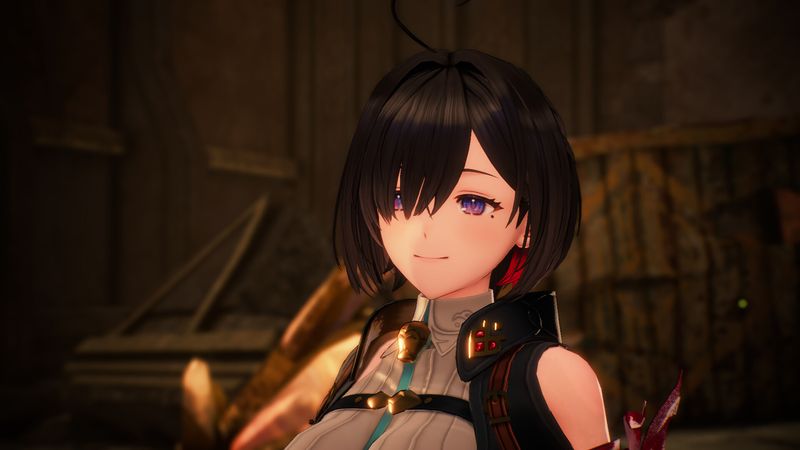
 I appreciated the story’s darker tone. Gust’s team said in an interview they wanted to explore memory as both power and curse. Yumia’s quest to learn why alchemy became taboo kept me hooked through plot twists. Dialogue hits emotional beats, though early pacing drags a bit. I saw room for tighter delivery in region one, like one reviewer noted. Still, character arcs grow strong. Isla’s optimism and Victor’s secrets rewarded my attention to lore.
I appreciated the story’s darker tone. Gust’s team said in an interview they wanted to explore memory as both power and curse. Yumia’s quest to learn why alchemy became taboo kept me hooked through plot twists. Dialogue hits emotional beats, though early pacing drags a bit. I saw room for tighter delivery in region one, like one reviewer noted. Still, character arcs grow strong. Isla’s optimism and Victor’s secrets rewarded my attention to lore.
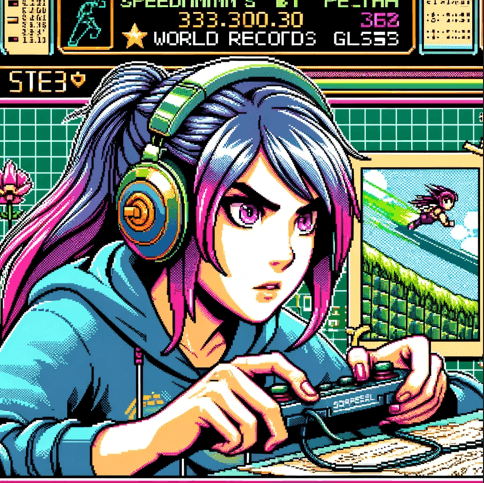 Visually, Atelier Yumia runs on an in-house engine with a soft cel-shading look. The color palette shifts from muted ruins to lush fields. On Steam Deck, I had to tweak settings for clarity, but then it held 30+ fps. Animations stay smooth even with particle-rich synthesis scenes. The soundtrack blends upbeat alchemy tunes with haunting strings in memory scenes. Flammi’s crackle effects and item use sounds feel chunky and satisfying. Voice work stays solid in Japanese, though some English lines feel flat.
Visually, Atelier Yumia runs on an in-house engine with a soft cel-shading look. The color palette shifts from muted ruins to lush fields. On Steam Deck, I had to tweak settings for clarity, but then it held 30+ fps. Animations stay smooth even with particle-rich synthesis scenes. The soundtrack blends upbeat alchemy tunes with haunting strings in memory scenes. Flammi’s crackle effects and item use sounds feel chunky and satisfying. Voice work stays solid in Japanese, though some English lines feel flat.
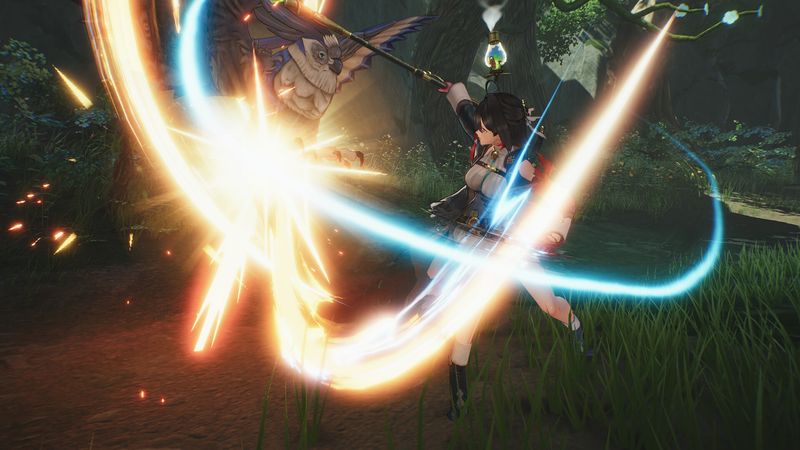
 On characters, I loved collecting dossier entries. Everyone’s backstory appears in your catalog. Yumia grows from curious novice to determined alchemist. Isla’s loyalty and Victor’s hidden past tie into major events. I cheered when they revealed that Aladissian Empire lore in base decorations. Representation feels respectful, with diverse personalities and equal screen time.
On characters, I loved collecting dossier entries. Everyone’s backstory appears in your catalog. Yumia grows from curious novice to determined alchemist. Isla’s loyalty and Victor’s hidden past tie into major events. I cheered when they revealed that Aladissian Empire lore in base decorations. Representation feels respectful, with diverse personalities and equal screen time.
 Challenge wise, battles start easy but new enemies demand split-second choices. One Steam user called combat “button mashy,” but if you craft high-resonance items you’ll breeze. I liked having to budget Energy for exploration gadgets. That system briefly restricts you in region one, then frees you up. For veteran adventurers, I’d welcome a harder mode or boss remixes. But overall, the learning curve felt natural.
Challenge wise, battles start easy but new enemies demand split-second choices. One Steam user called combat “button mashy,” but if you craft high-resonance items you’ll breeze. I liked having to budget Energy for exploration gadgets. That system briefly restricts you in region one, then frees you up. For veteran adventurers, I’d welcome a harder mode or boss remixes. But overall, the learning curve felt natural.
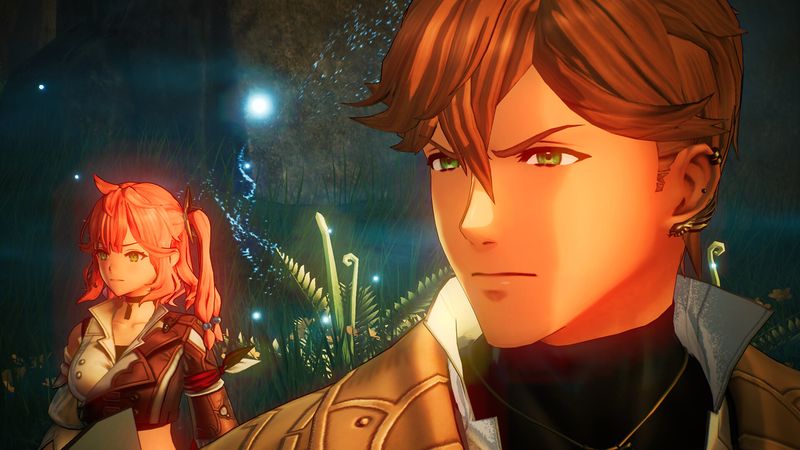
 Replay value comes from New Game Plus and alternate endings. Base-building variants and hidden recipes reward second runs. You can chase missing achievements and unique accessories, like the Memory Backpack DLC. I’d compare its replay incentives to Atelier Ryza 3’s post-game quests. It fits my pro style—optimize builds each run and push for maximum item quality.
Replay value comes from New Game Plus and alternate endings. Base-building variants and hidden recipes reward second runs. You can chase missing achievements and unique accessories, like the Memory Backpack DLC. I’d compare its replay incentives to Atelier Ryza 3’s post-game quests. It fits my pro style—optimize builds each run and push for maximum item quality.
 As a speedrunner, I eyed odd skips in crafting cutscenes and warp points in the open world. If you sequence-break the energy system, you can hit late-game bosses early. Synthesis animation canceling trims seconds off each craft. Combine that with critical-hit chains and you’re in record territory.
As a speedrunner, I eyed odd skips in crafting cutscenes and warp points in the open world. If you sequence-break the energy system, you can hit late-game bosses early. Synthesis animation canceling trims seconds off each craft. Combine that with critical-hit chains and you’re in record territory.
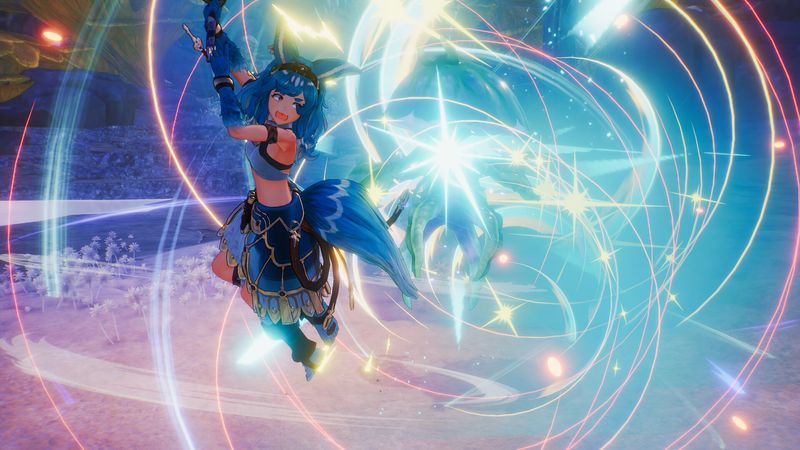
 Overall, Atelier Yumia feels like a bold spin on the series. KOEI TECMO balanced legacy fans and newcomers. It stands out with open world freedom and memory-driven drama.
Overall, Atelier Yumia feels like a bold spin on the series. KOEI TECMO balanced legacy fans and newcomers. It stands out with open world freedom and memory-driven drama.
 It pushes the Atelier genre into action-RPG exploration. That blend holds fresh promise.
It pushes the Atelier genre into action-RPG exploration. That blend holds fresh promise.

 The narrative stakes and character growth deliver emotional payoff.
The narrative stakes and character growth deliver emotional payoff.
 And beneath it all, the design rewards both careful crafters and speedrunners.
And beneath it all, the design rewards both careful crafters and speedrunners.
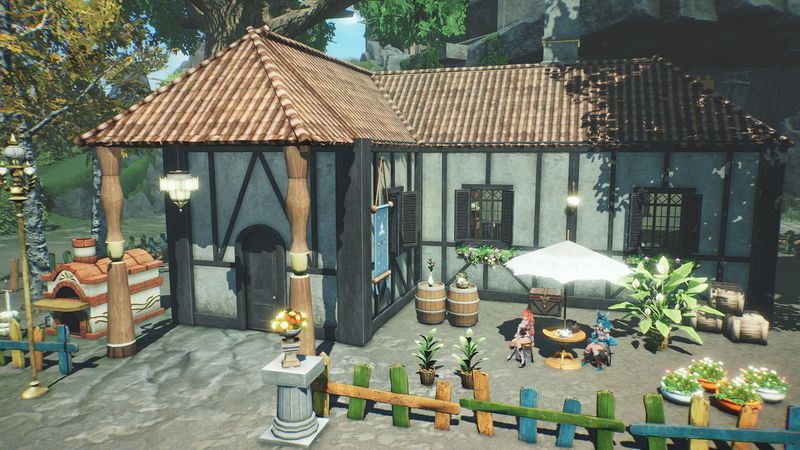
 If you loved Atelier Yumia’s blend of alchemy and exploration, try Ni no Kuni II: Revenant Kingdom for its open world and kingdom building. Blue Reflection: Second Light offers emotional story and base growth by Gust. For darker JRPG drama, pick Tales of Arise with its fluid combat. Ys VIII: Lacrimosa of Dana satisfies field exploration and fast-paced fights. Finally, Genshin Impact shares crafting elements and open-world secrets.
If you loved Atelier Yumia’s blend of alchemy and exploration, try Ni no Kuni II: Revenant Kingdom for its open world and kingdom building. Blue Reflection: Second Light offers emotional story and base growth by Gust. For darker JRPG drama, pick Tales of Arise with its fluid combat. Ys VIII: Lacrimosa of Dana satisfies field exploration and fast-paced fights. Finally, Genshin Impact shares crafting elements and open-world secrets.
